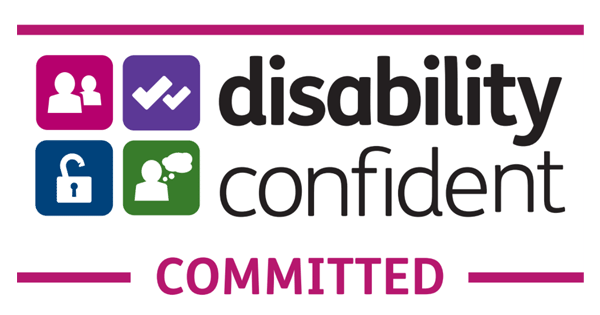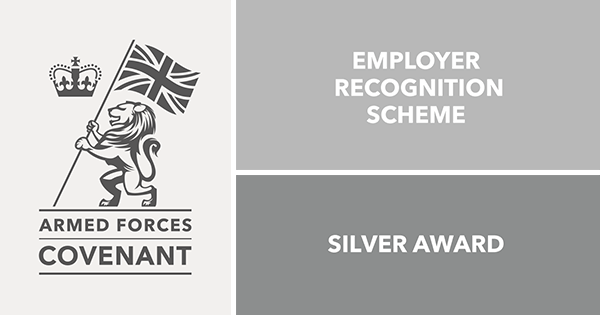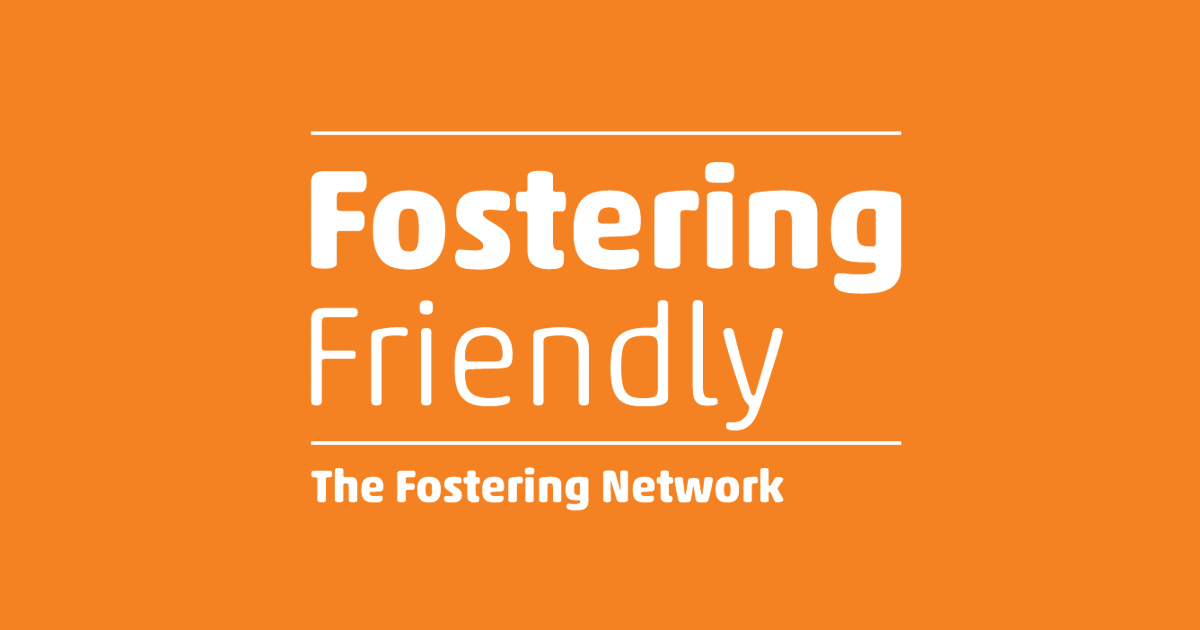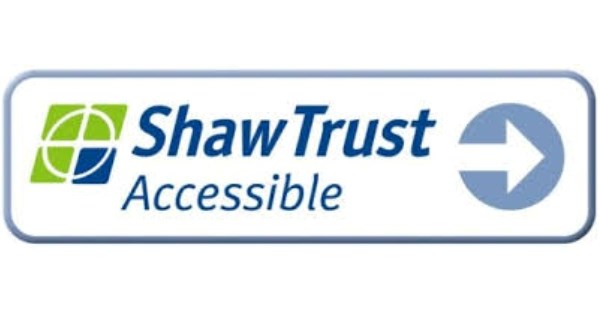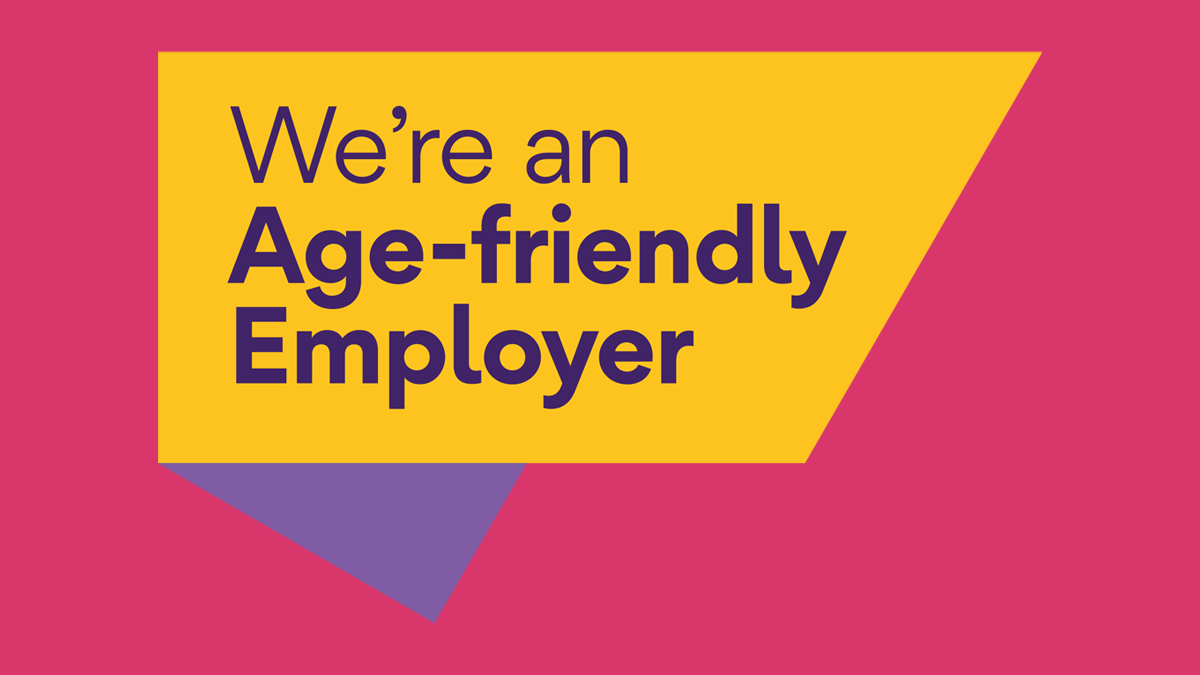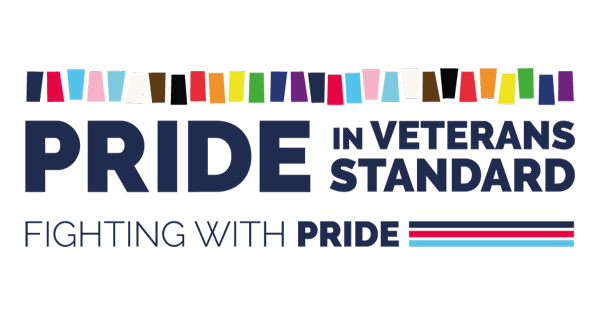Equality, Diversity and Inclusion
Staffordshire Fire and Rescue Service embrace the Equality Act and the Public Sector Duty it places upon us. To ensure we know what we need to know we look at all our functions and partnerships through a Strategic equality and diversity lens. Our Equality and Diversity function sits within our Human Resource department and is a guiding principle in our Safety Plan. The Safety Plan supports our ability to prioritise risk so we can evidence that we put our communities first. Our People Strategy details how our staff can expect to be treated with dignity and respect, in open recognition of who they are at every level of their career. This means that all the decisions the Police, Fire and Crime Commissioner make, the way we deliver our services, review our data collection, work with our developed and developing partnerships, with our internal and external relationships has an Equality and Diversity focus at a strategic level.
Equality objectives
The Equality Act 2010 (Specific Duties) require us to publish relevant, proportionate information showing compliance with the Equality Duty, and to set equality objectives.
To ensure the Service meets our obligations under equality legislation, transparency obligations and employment provisions, we endeavour to monitor, analyse and publish the profile of our staff annually. Effective monitoring is an important tool for measuring performance and progress towards equality and diversity objectives. Monitoring is not an end in itself and the data we collect needs to be analysed and used to inform appropriate action. An understanding of its potential to help underpin our equality and inclusion objectives, to build a Representative Workforce and support our Staff Networks is a good place to be for us.
In support of our Equality Diversity and Inclusion guiding principles we have made a commitment to the National Core Code of Ethics. This supports us in meeting our Specific Duty. The Service is working to evidence our commitment by adopting the National Equality, Diversity, Inclusion Maturity Model developed by the National Fire Chiefs Council.
The Service is committed to eradicating unlawful discrimination, advancing equality of opportunity and fostering good relations between people who share a protected characteristic and those who do not. This General Duty under the Equality Act enables us focus in detail on these principles. The progress against the EDI Maturity Model and Workforce Profile will be published annually on the website
Workforce profile (September 2023 to March 2024)
We monitor staff by protected characteristics in employment and training, sickness and grievance. All data is collected by self-classification and is therefore a matter of individual judgement. The Service is continually striving for our positive culture to support diversity and have developed a self-service monitoring tool where staff can amend and update the data we hold on them. Staff can update the information we hold on them themselves whether that be their next of kin, contact details or if they have a disability or not. As we are an emergency service, the role titles of our staff is not broken down as is the case with many other employees.
